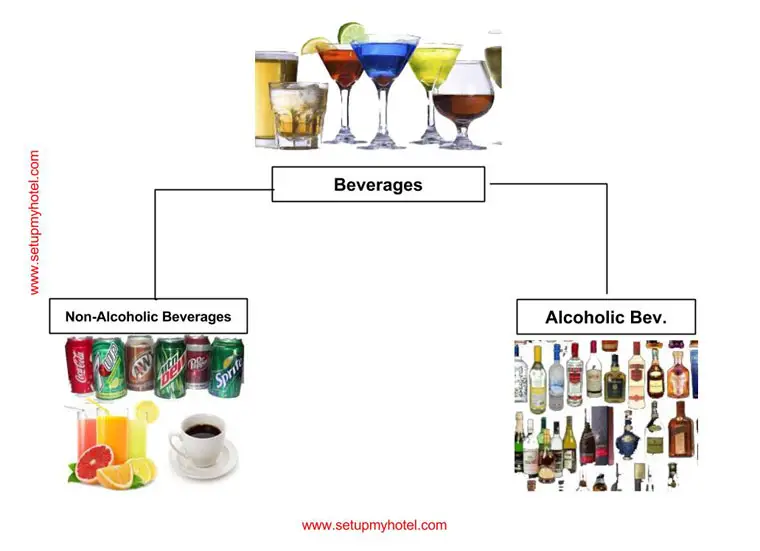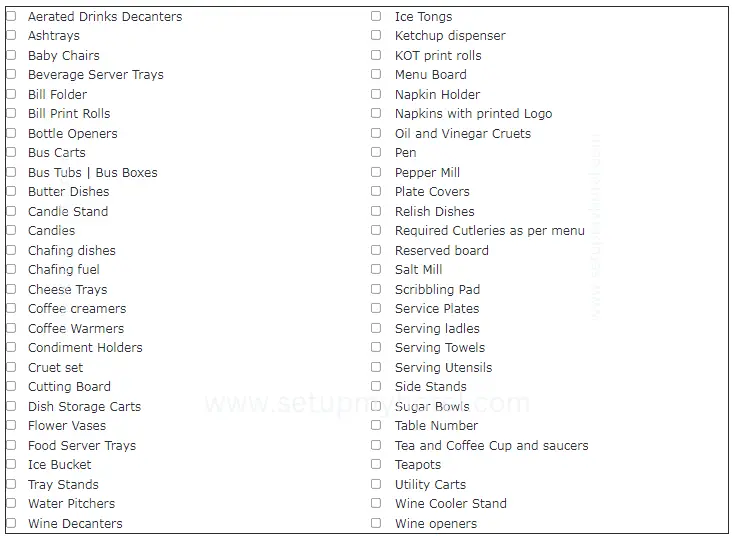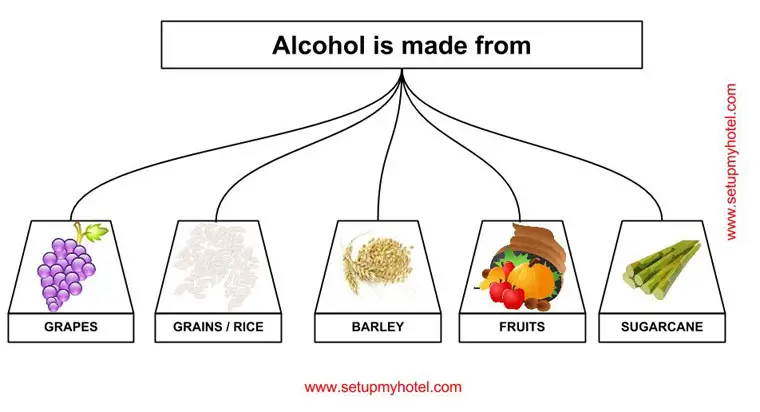Standard Meat Selection Criteria In Hotels

Standard Meat Selection Criteria in Hotels The standard meat selection criteria in hotels involve a careful consideration of various factors ...
Read more
Classification Of Beverages Or Types Of Beverages

What are beverages or Classification of Beverages? ‘Beverages’ is a drink other than water; an explanation in a commercial context. ...
Read more
Checklist For Purchasing Food And Beverage Service Equipment

Purchasing F&B Service Equipment Creating a checklist for purchasing Food and Beverage (F&B) service equipment is crucial to ensure that ...
Read more
9 Types Of Banquet Room Setup / Event Room Setup Styles

Different Types of Function Room Setup / Banquet Room Setup Function rooms or banquet rooms are versatile spaces that can ...
Read more
Order Taking And Serving Desserts & After Dinner Drinks

Order Taking and Serving Desserts & After Dinner Drinks After a satisfying meal, it’s time to indulge in desserts and ...
Read more
Tips For Serving Bottled Beer And Draft Beer

Tips for Serving Bottled Beer and Draft Beer in Restaurants and Bars To provide a good beer service the server/staff ...
Read more













